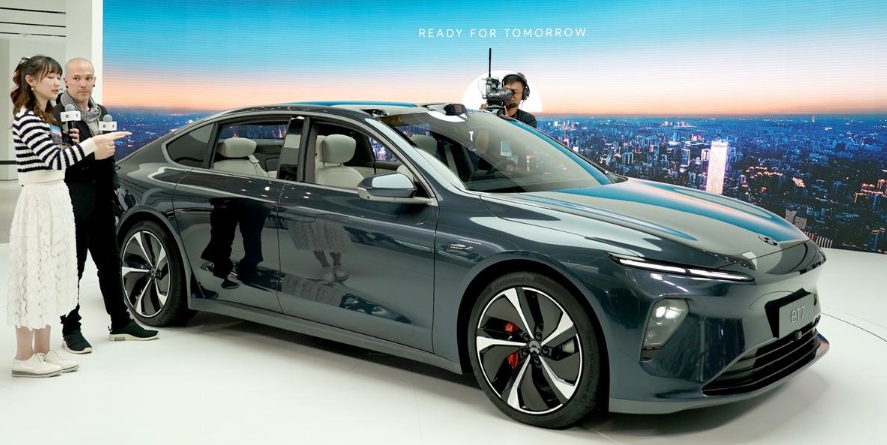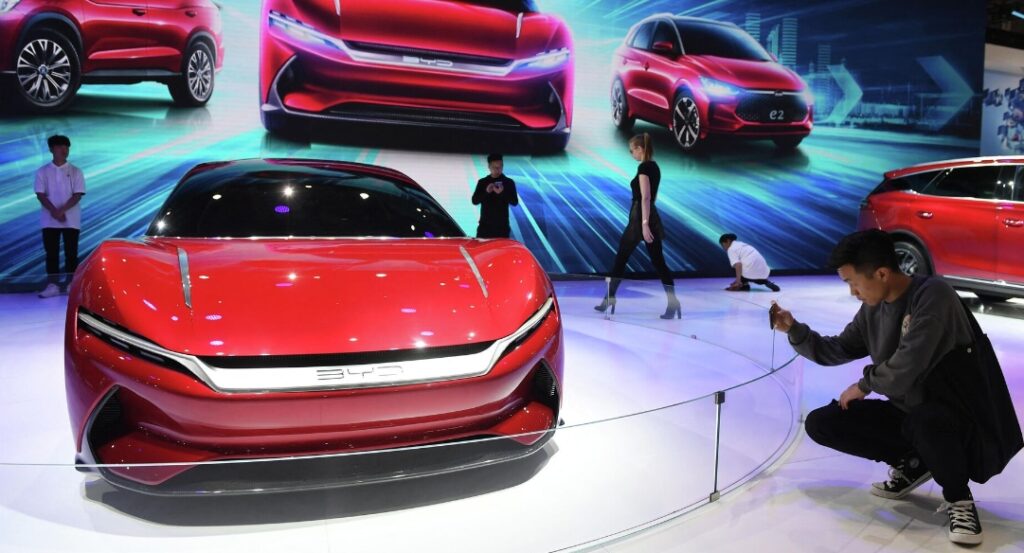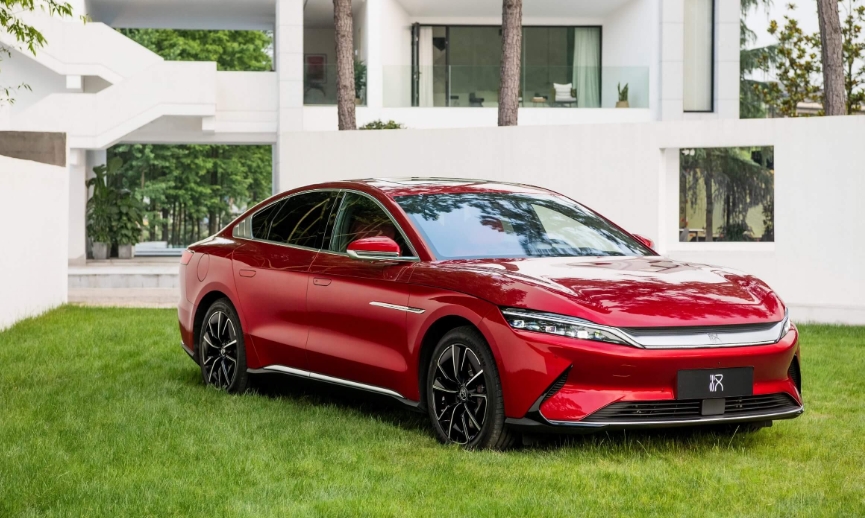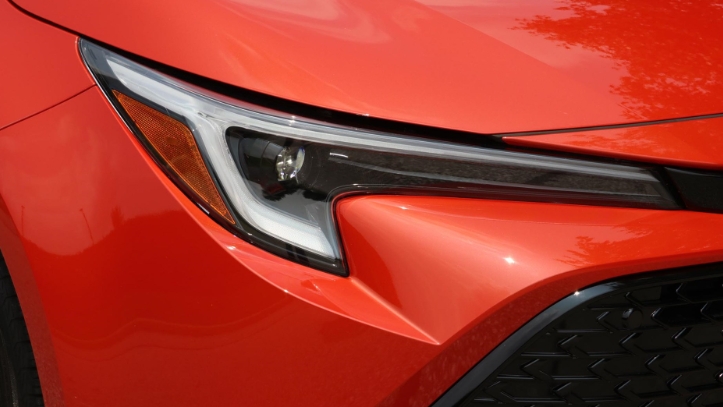China’s car exports have picked up significantly this year as China’s automakers seek to gain a foothold outside the domestic market. During September, a total of 2.2 million passenger cars (trucks, buses and other vehicles) were exported, which is 54% more than the same period last year and more than 2 times the average of 2012-2020.
Electric vehicles make the biggest contribution to this process: in the first three quarters of this year, 342,000 electric vehicles were exported, which is 29% of all automotive exports, and significantly exceeds the modest figure of 2019, when electric vehicles accounted for only 2% of exports.
There are several factors driving the growth of electric vehicle production in China. First of all, this is dominance in the supply of batteries and components. Western automakers are also looking to use the country’s lower production costs and established supply chains to manufacture electric vehicles and ship them around the world as interest in the technology grows.
Tesla, for example, has been actively exporting products from its factory in Shanghai since last year. In the first 9 months of 2022, almost 165,000 vehicles were sent to different markets. Other major automakers, including Renault and BMW, are also exporting Chinese-made electric vehicles, and the Volkswagen Group will start doing so as early as 2023.

The numbers of Chinese brands are not so great yet. In the first 3 quarters of the year, SAIC’s electric vehicle exports grew to 78,000 vehicles, mainly due to the MG brand, which was acquired in 2007. Rival BYD has exported 22,000 vehicles and plans a significant increase in volumes in 2023. Following it, companies such as Xpeng, Nio and Great Wall also announced massive expansion plans. All this affects the sales of electric vehicles in other countries. Of the 1.8 million electric vehicles sold in Europe in the first 3 quarters of 2022, 11% came from Chinese automakers (up from 2% in 2020).
But over the past decade, there have been debates about whether Chinese automakers can gain a foothold in world markets.
The conversation seemed abstract, because at that time the Chinese did not even dominate their domestic market. In 2015, 66% of all sales in the country came from joint ventures between international and domestic brands. Exporting to Germany or the US seemed like an unthinkable breakthrough.
Electric cars have changed everything! While many Western brands have stalled and battled tougher environmental regulations for years, China has been ramping up its EV industry with government bailouts, subsidies and massive investment in charging infrastructure. As a result, nearly 60% of global electric vehicle sales now come from China, and its share of battery shipments is even higher.

True, this may change. Recognized Western automakers are increasingly trying to enter the market with premium cars. Some of them are leaving budget segments altogether to focus on higher margin SUVs and pickups. The move may make sense from a profit standpoint, but it will create holes in the lower floors that Chinese automakers can try to fill. China’s price advantage is clear here.
A recently released review of lithium-ion battery prices shows that the cost in Europe is 33% higher than in China and 24% higher than in the US. At the same time, the average price of an electric car in China in 2021 was $26,500, which is more than 30% lower than the average price of an electric car in Europe and almost 50% lower than in the United States.
This does not mean that the entry of Chinese brands into international markets will be a cakewalk. Building consumer trust and brand awareness will take time, and producing quality cars is still difficult. However, BYD plans to sell more than 3 million plug-in cars in 2023. That’s more than Volkswagen can sell next year.



